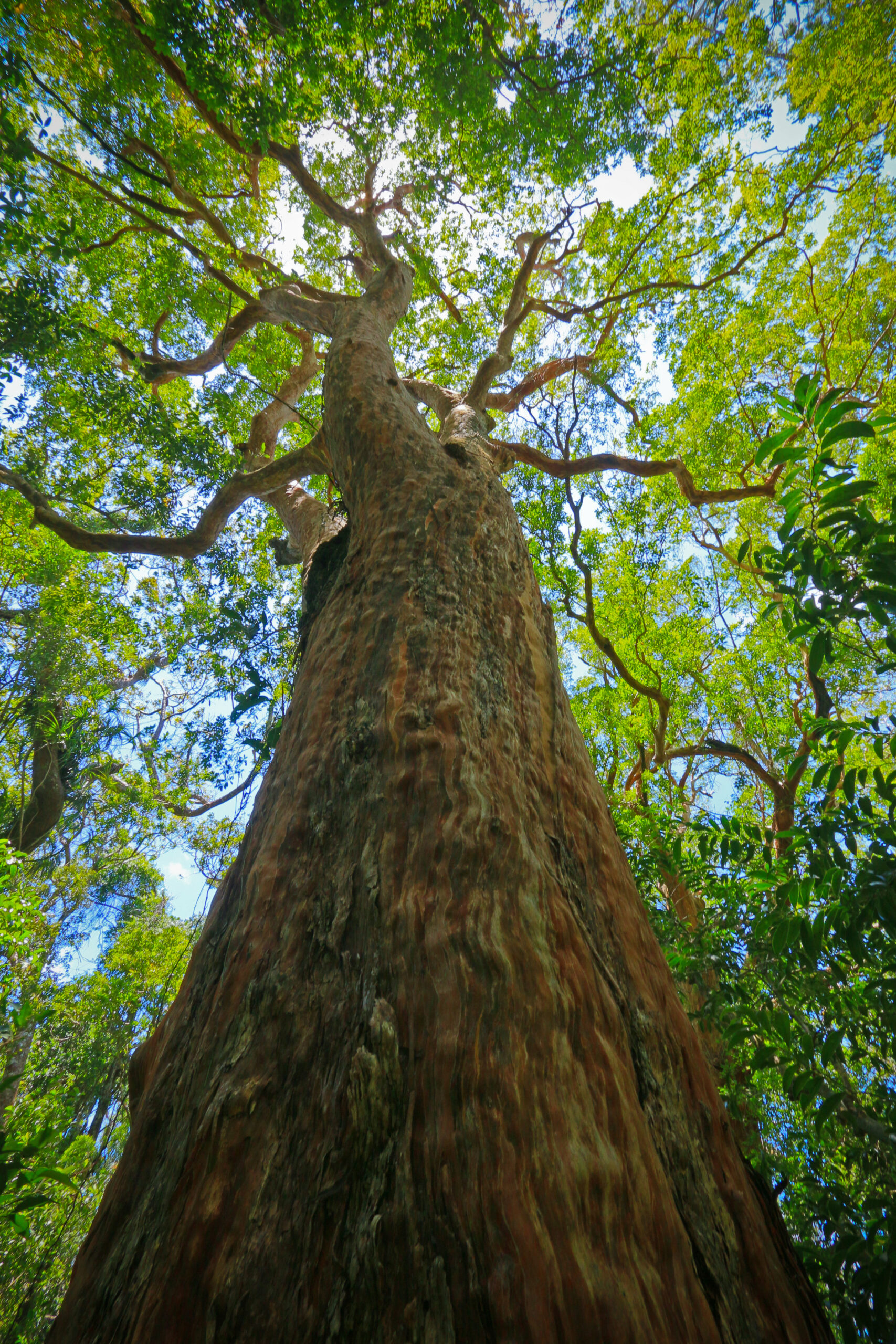| Local Name | Place |
| Bunglas/Malabayabas | Batangas |
| Bunglas/Malabayabas | Ilin Island |
| Bunglas/Malabayabas | Occidental Mindoro |

Did you spot something we need to update?
Do let us know. Together, let's grow the database.
Reach out to us at binhi@energy.com.ph
It is confined to limestone forest. Recent information suggests that it is found in highly disturbed forest edge, surrounded by agricultural land and degraded forest.
Macropropagation was done using cuttings from phenotypically superior saplings. The cuttings from the stem of the Philippine teak was cut into two nodes, soaked in fungicide for about one hour, and planted in a Hiko tray with sterilized sawdust, sand, and ordinary garden soil as rooting media. The Hiko trays were placed in a polyethylene chamber and water was introduced as fine spray using hand sprayer. After 2-3 weeks, cuttings with well-developed roots were transferred to individual polyethylene bags with the same media. The polyethylene bags were filled with one-third potting media before applying 20 g of Biocore. The seedlings were placed in the polyethylene chambers. After a month, the polyethylene chambers were gradually opened to harden the cuttings before they were finally removed from the chambers. The seedlings were raised in the nursery for six months to prepare them for outplanting (Castaneto & Edmiston, 2003). In the absence of specific propagation technique, Philippine teak could be managed similar to its relative Tectona grandis For plantations, stumps are planted at a spacing of 2 x 2 m. As the tree is deciduous, raising pure plantations is discouraged; rather, it is recommended to raise 80% of mixed indigenous species and the remaining 20% T. grandis. Fire protection is important; each year's planting area should be should be protected by a fire line 10 m wide, which is cleared of all vegetation. Plantations must also be protected from grazing animals, as the soil is often susceptible to erosion. Coppicing and weeding should also be practised. T. grandis is a very strong light demander, and the optimum for its growth lies at 75-100% of full sunlight. It is intolerant of crown friction. To reduce bulk in storage, the seed can be husked by rubbing it over a sieve. Another method is to load seed and large river gravel into a cement mixer. The seed can then be 'floated' off. Stumps, used for propagation, can be stored for up to a year. Seed storage behaviour is orthodox. Viability can be maintained for at least 7 years in hermetic, air-dry storage at room temperature; there is no loss in viability after 7 years in hermetic, air-dry storage at 0-4 deg. C with 12% mc. Seed can be maintained for 10 years in hermetic, air-dry storage at 2 deg. C. (Orwa, et al., 2009).
Locate our planted PHILIPPINE TEAK Trees
Locate our planted PHILIPPINE TEAK Trees

trees planted in the country!

Spread awareness and learn about the 96 native Filipino trees species EDC has saved from extinction. Get your own copy of the coffee-table book today!